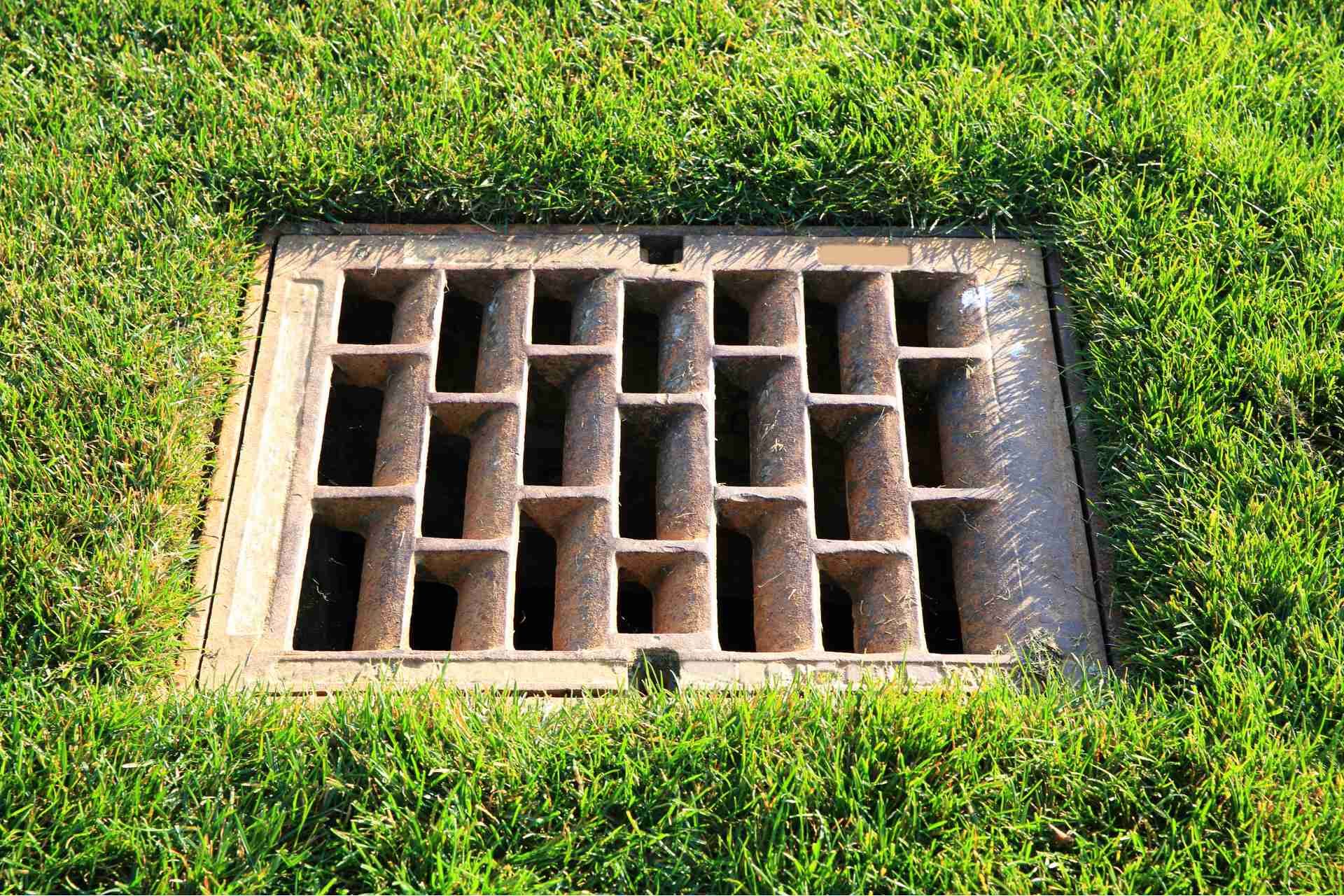Top 5 Hardscaping Mistakes Homeowners Make (and How We Fix Them)
When it comes to hardscaping, many homeowners overlook crucial factors that can lead to significant issues down the line. Whether it's neglecting drainage solutions or choosing the wrong materials, these mistakes can turn your outdoor space into a costly headache. You might think you're saving time or money, but the consequences can be far-reaching. Let's explore these common pitfalls and how you can avoid them for a more successful hardscaping project.
Ignoring Proper Drainage Solutions
When planning your hardscaping project, it's crucial not to overlook proper drainage solutions. Failing to address drainage can lead to water pooling, erosion, and damage to your hardscape features.
You should assess the slope of your yard and ensure that water flows away from structures and pathways. Install drains or French drains in strategic locations to direct excess water away effectively.
Consider permeable materials for paving, which allow water to seep through rather than run off. Always prioritize the functionality of your space; a well-drained area enhances both aesthetics and longevity.
Choosing Inappropriate Materials
After addressing drainage issues, the next major pitfall to avoid is choosing inappropriate materials for your hardscaping project.
Using materials that don't match your climate, style, or intended use can lead to costly repairs and dissatisfaction. For instance, selecting porous stones for a high-traffic area can result in wear and tear, while using non-durable materials in harsh weather can cause them to crack or fade.
Always consider the long-term implications of your choices. Think about the aesthetics as well—your hardscaping should complement your home and landscape.
To ensure you make the right selections, consult with professionals who understand the best materials for your specific needs. This way, you'll achieve a beautiful, functional outdoor space that lasts.
Skipping the Planning Phase
Failing to plan your hardscaping project can lead to a host of problems down the line. Without a clear vision, you might find yourself making costly mistakes, like improper layout or selecting the wrong materials.
You may also overlook essential elements, such as drainage and accessibility, which can complicate your project later on.
A thoughtful plan helps you visualize the end result and ensures that all components work harmoniously together.
Take the time to sketch out your design, consider how you'll use the space, and map out any utilities that may be affected.
Overlooking Maintenance Requirements
A solid plan lays the groundwork for a successful hardscaping project, but it's just as important to consider how your choices will hold up over time.
Many homeowners overlook the maintenance requirements of their materials, leading to costly repairs down the road. For instance, pavers might need sealing to prevent stains, while wood features require regular treatments to resist rot.
When selecting materials, ask yourself how much upkeep each option demands. Choose low-maintenance products when possible, and factor in ongoing care in your budget.
Neglecting to Integrate Landscaping Elements
While it might be tempting to focus solely on hardscaping elements, neglecting to integrate landscaping features can lead to a disjointed and uninviting outdoor space.
Balancing hardscapes like patios and walkways with vibrant plants and greenery creates a cohesive environment. Consider how flowers, shrubs, and trees can soften hard edges and enhance visual interest.
Don't forget about seasonal changes—selecting plants that bloom at different times can keep your yard lively year-round.
Adding mulch or decorative stones around plants can also unify the design. By thoughtfully incorporating landscaping elements, you'll create a welcoming atmosphere that invites relaxation and enjoyment.
Conclusion
By avoiding these top hardscaping mistakes, you can create a stunning and functional outdoor space. Proper drainage solutions, the right materials, careful planning, and maintenance considerations are essential to your project's success. Don't forget to integrate landscaping elements for a cohesive look. With our expert guidance, you can transform your yard into a beautiful retreat that stands the test of time. Let's turn your vision into reality while steering clear of these common pitfalls!








